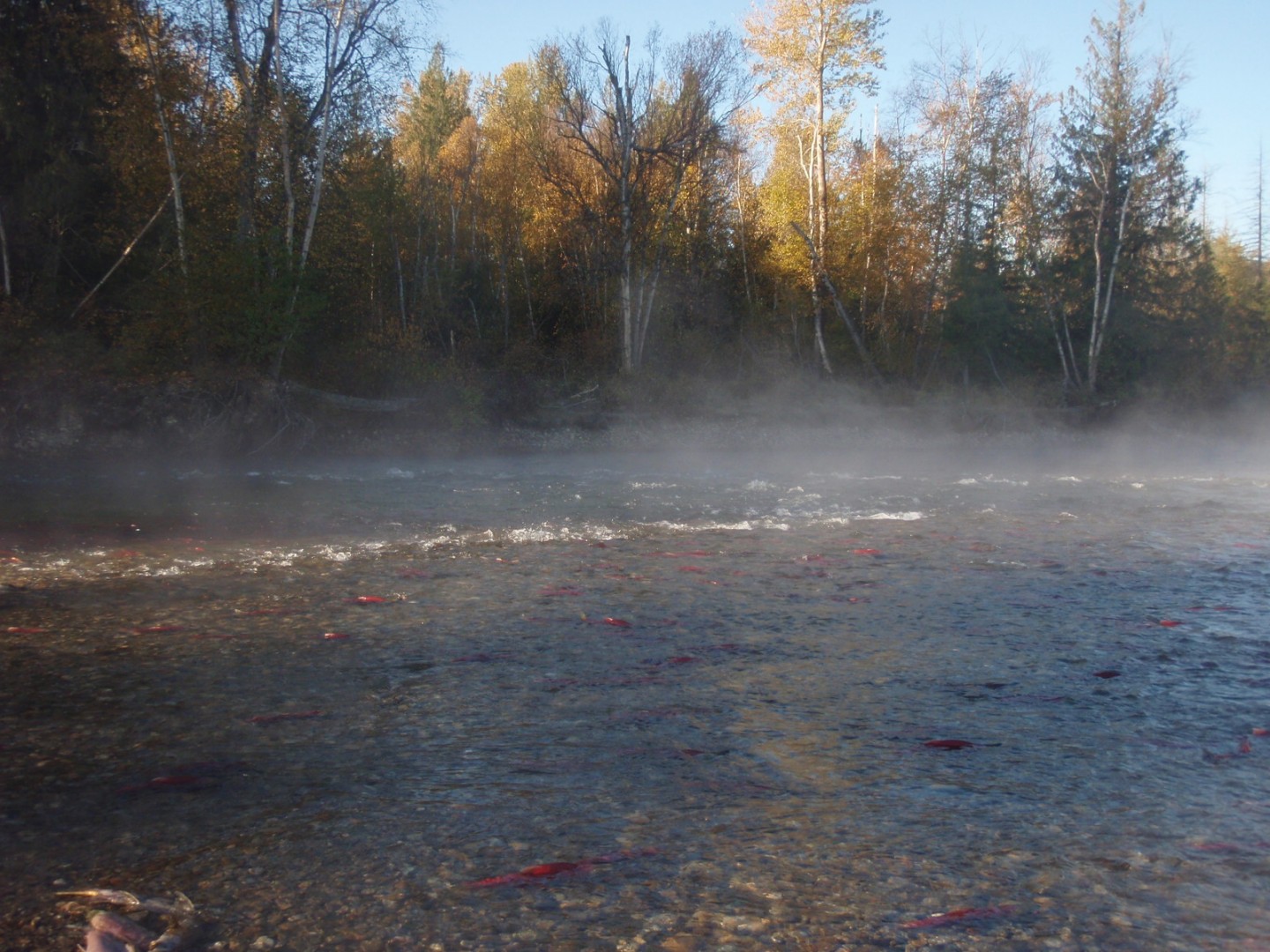What is resilience? Resilience is the concept “which helps describe system responses to change.” (Mori et al., 2016) What is biodiversity? “Biodiversity is often thought to be a key feature underpinning the resilience of ecosystems” (Mori et al., 2016), where ecosystems are the area in which a community of organisms interact. The evidence of this is based on studies on; grassland plant communities, kelp forests in the cold water-rocky climates, and the effects of accelerated environmental change on ecosystems.
In a study done by Isbell et al., “early results suggested that the ecosystem productivity of diverse grassland plant communities was more resistant, changing less during drought, and more resilient, recovering more quickly after drought, than that of depauperate communities.” (Isbell et al., 2015). This means that the grassland plant communities diversity resulted in a more adaptable and stronger surviving population following and during drought. If the resilience of this ecosystem was not affected by the biodiversity, it is a small scale example of how our climate alone could destroy an ecosystem. It also reflects how a species or an entire population would become extinct due to their inability to adapt.
In a study done by Steneck et al., kelp forests were studied in different geographical locations of North America that suggest the shifting market for fishing targets, to the kelp-grazing herbivores, has caused an influx in the ecosystems in which they normally effect. The effect of this is simply the localized extinction of the herbivore and in doing so in some cases, the kelp forest. As said more specifically by Steneck, “continued fishing down of coastal food webs has resulted in shifting harvesting targets from apex predators to their invertebrate prey, including kelp-grazing herbivores. The recent global expansion of sea urchin harvesting has led to the widespread extirpation of this herbivore, and kelp forests have returned in some locations but, for the first time, these forests are devoid of vertebrate apex predators.” (Steneck et al., 2002)
Finally, in a study done by Oliver et al., they find that “accelerating rates of environmental change and the continued loss of global biodiversity threaten functions and services delivered by ecosystems.”(Oliver et al., 2015) The research is specifically formulated around the long-term necessity of a strong, biodiverse culture in order to positively impact the ecosystem and that the “maintenance of ecosystem functions and services under substantial predicted future environmental change (i.e., their ‘resilience’) is crucial.” (Oliver et al., 2015) This affirms the answer to our question that biodiversity is crucial to the resilience of an ecosystem in both short-term and long-term.
In conclusion, the works done by Isbel et al., Steneck et al., and Oliver et al., have led us to answer that the biodiversity of an ecosystem affects the resilience of an ecosystem. This is evidenced by the success of the developed grassland plant communities over underdeveloped communities as well as by the deforestation of kelp forests due to kelp-grazing herbivores becoming extirpated.
